US Healthcare
The US Healthcare Nurses app is an innovative solution designed to bridge the gap between nurses and healthcare employers across the United States. It simplifies the process of job search and recruitment by providing access to various nursing roles, streamlining communication between nurses and employers.
Nurses can explore employment opportunities, apply for jobs, and manage their professional profiles, all through a user-friendly interface, helping them advance their careers while addressing staffing needs within healthcare institutions.
Project Features
Simplified Nurse Hiring
Easy request submission, automated processing, and efficient nurse selection.
Task Management
Task tracking via mobile app, location navigation, and real-time updates.
Agency Management Tools
Centralized dashboard, nurse pool database, and end-to-end request tracking.
Client Portal
User-friendly interface with feedback and rating systems.
Robust Notification System
Real-time alerts and automated reminders for tasks and certifications.
Project Info
Challenges
Learning Curve with Blazor Framework
At the start of the project, Blazor was a new technology, and with limited documentation and community support, it was challenging to navigate key concepts such as component design, lifecycle management, and state handling.
State Management Across Components
Managing state across different components was a recurring issue. For instance, ensuring that user authentication states or application-wide settings were shared and updated efficiently was tricky.
Integration with .NET Core APIs
Ensuring seamless communication between Blazor (frontend) and .NET Core APIs (backend) was difficult, especially when handling complex models, security, and serialization.
Authentication and Authorization
Implementing secure authentication and authorization mechanisms, particularly when integrating IdentityServer4, JWTs.
UI/UX Challenges with Blazor Rendering
The UI was occasionally slow to update due to Blazor’s rendering mechanism, particularly for data-intensive components.
Solution Provided
Learning Curve with Blazor Framework
- Invested time in exploring Blazor’s official documentation and tutorials.
- Experimented with smaller proof-of-concept applications to understand the component lifecycle (OnInitialized, OnParametersSet, etc.).
- Participated in forums and discussions (e.g., Stack Overflow, GitHub Issues) to learn from the community and resolve doubts.
State Management Across Components
- Introduced a centralized state management approach using services and dependency injection.
- Utilized the IJSRuntime for JavaScript interop when necessary to bridge gaps in functionality.
- Implemented Observable patterns and EventCallbacks to propagate state changes between components.
Integration with .NET Core APIs
- Used HttpClient effectively by creating a shared service to handle all API requests.
- Adopted AutoMapper on the backend to simplify the transformation of models between database entities and DTOs.
- Enforced robust error handling in API responses and deserialization with structured exception handling mechanisms.
Authentication and Authorization
- Leveraged Blazor’s AuthenticationStateProvider to manage authentication states.
- Used JWT for stateless authentication and ensured token validation at the backend APIs.
- Implemented role-based and policy-based authorization using Blazor’s built-in AuthorizeView and custom policies in .NET Core.
UI/UX Challenges with Blazor Rendering
- Adopted Virtualization for rendering large lists and tables.
- Used RenderFragment to optimize rendering and decouple UI logic from business logic.
- Monitored performance bottlenecks with browser dev tools and optimized DOM updates using Blazor lifecycle methods.

Conclusion
USHealthcareNurses successfully transformed the healthcare recruitment process by creating a scalable platform that connects nurses with healthcare institutions efficiently. The platform’s robust features, such as task management, real-time updates, and secure data handling, enhanced user engagement while addressing staffing needs.
The project continues to evolve, with ongoing improvements and feature integrations to meet the dynamic demands of both nurses and healthcare employers.

